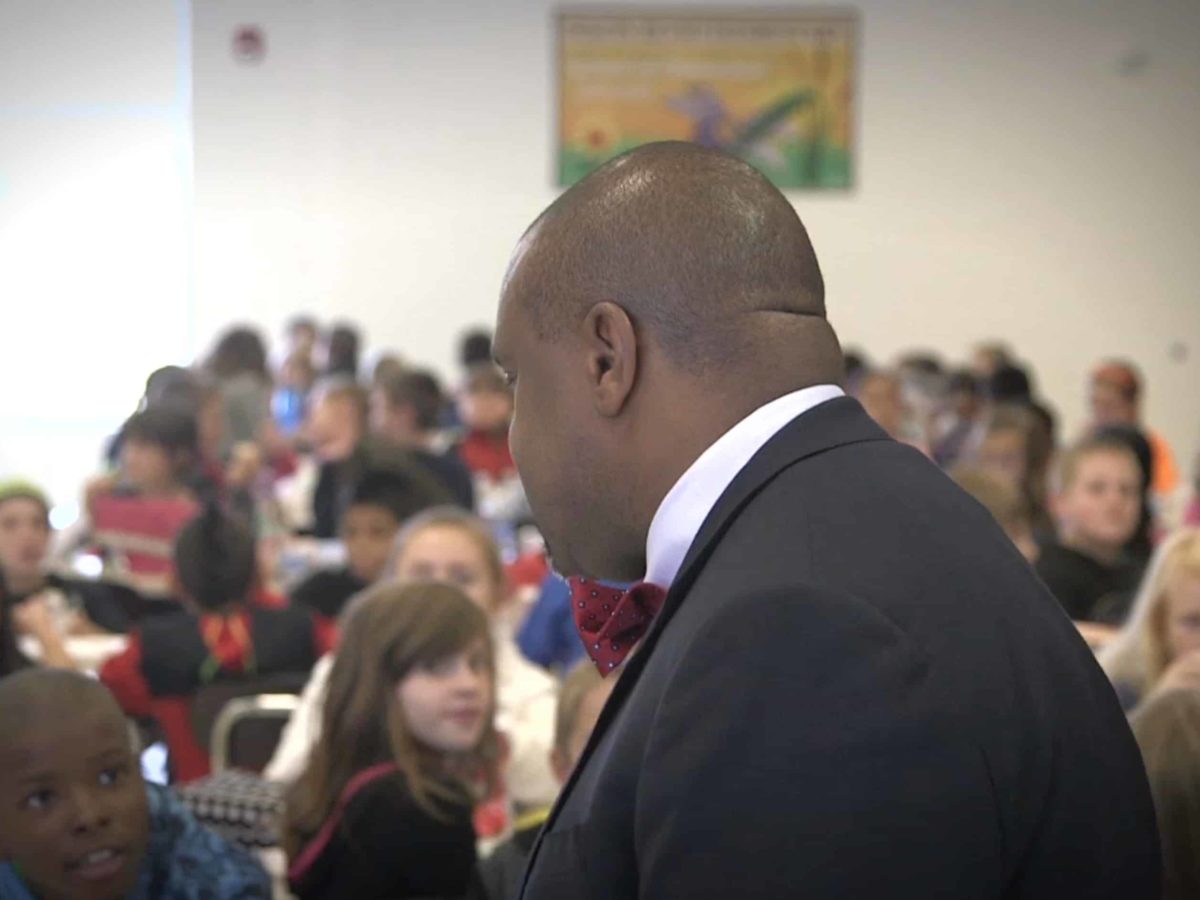
When Katie McMillan became principal of Centennial Campus Magnet Middle School in Raleigh in 2014, she didn’t realize she was locking herself into one pay level for half a decade. According to the principal salary schedule, it will be 2019 before she gets her next pay bump from the state, and she worries that long waits for raises could affect the quality of leadership in public schools.

“I think that this is a highly complex job and if you don’t have good principals you’re not going to have a working environment for teachers,” she said.
According to the state salary schedules for 2014-15, McMillan, who has 15 years of combined experience as a teacher and principal, will have to wait until her 20th year for a raise.
That’s because for a principal who oversees between 44 and 54 teachers — the category McMillan falls under — the first level of pay is $4,918 a month or $59,016 a year. But that base level is given to all principals who fall within a range of experience from zero to 19 years. It’s not until the 20th year that the pay given by the state bumps up to $4,983 or $59,796 annually. That means McMillan has a long wait.
“I think that that is not the kind of schedule that is going to hold up over time,” said state Board of Education Chairman Bill Cobey. “That is based on number of years and that’s it, and that’s not the world we live in.”
And the problem isn’t restricted to principals at McMillan’s level. Those at lower levels have long waits, too, but the wait is the worst for principals at the highest level — those who oversee 101 or more teachers. Their first pay bump doesn’t come until the 24th year.
The problem has been exacerbated by pay freezes which began in 2009 in the wake of the economic recession and continued through 2013, with the exception of a one-time salary increase of 1.2 percent in 2012.
“With the salary freezes, the groupings have gotten larger,” said Andrew Cox, section chief of school reporting at the State Department of Public Instruction.
That’s in a state whose average yearly salary ($67,850) for administrators — including assistant principals, principals and other positions with similar job duties, but excluding superintendents — is second to last in the nation, beating only West Virginia.
To avoid increasing the salaries of principals in the first range of pay, the range was increased by one year for each year of the pay freeze by the General Assembly, according to Cox. So, if the first range was 0-22 years for principals with the most responsibility one year, then the next year it became 0-23 years during the pay freeze. That’s in a state whose average yearly salary ($67,850) for administrators — including assistant principals, principals and other positions with similar job duties, but excluding superintendents — is second to last in the nation, beating only West Virginia, according to data compiled from the U.S. Bureau of Labor Statistics.
Cox points out, however, that the General Assembly tends to give across-the-board increases regularly. In fact, looking back to the 1993-94 school year, no more than three years have passed in a row without a pay increase, but these are mostly cost of living increases rather than raises, Cox said. The longest period of stagnation was during the recent salary freeze.
Fortunately, the pay freeze thawed during the last General Assembly session. In addition to the teacher raises, the budget allowed principals to get a step increase. If that increase didn’t reach the next pay level, they received an $809 bonus, according to Lynda Fuller, information and communication specialist for the Department of Public Instruction. That may make the wait for a raise more bearable for McMillan, who should have received the bonus.
Rep. Chuck McGrady, a Republican who served in the 2013-14 General Assembly as co-chair of the appropriations subcommittee on education, said last session’s teacher raise was just a first step.
“I would like to go back and look at principal salary schedules as it relates to teacher salary schedules and just what it takes to get the first pay bump,” he said.
While last session’s Republican-led General Assembly was in charge of public school pay, the current issue isn’t the fault of any one group of legislators. Cox has worked with DPI for eight years and says the principal salary schedule has been structured basically the same in that time. That means it’s persisted through at least the reins of two Democratic and one Republican governor, as well as multiple General Assembly sessions of varying member makeup.
In addition to the principal salary schedules, research by EducationNC highlights discrepancies between the teacher and principal salary schedules, the negotiation of salaries by some principals in districts where local funds are available, and the impact of the salary schedule structure on principal turnover.
All of these salary issues could have a negative impact on the desire of principals to stay in their chosen profession or teachers thinking of going into administration. “You won’t ever find a really good school without a really good principal,” said Shirley Prince, executive director of North Carolina Principals and Assistant Principals Association.
For comments and to read the full article, click here.
View press release on this article.
Editor’s Note: Shirley Prince is on the Board of Directors of EducationNC.
Recommended reading



